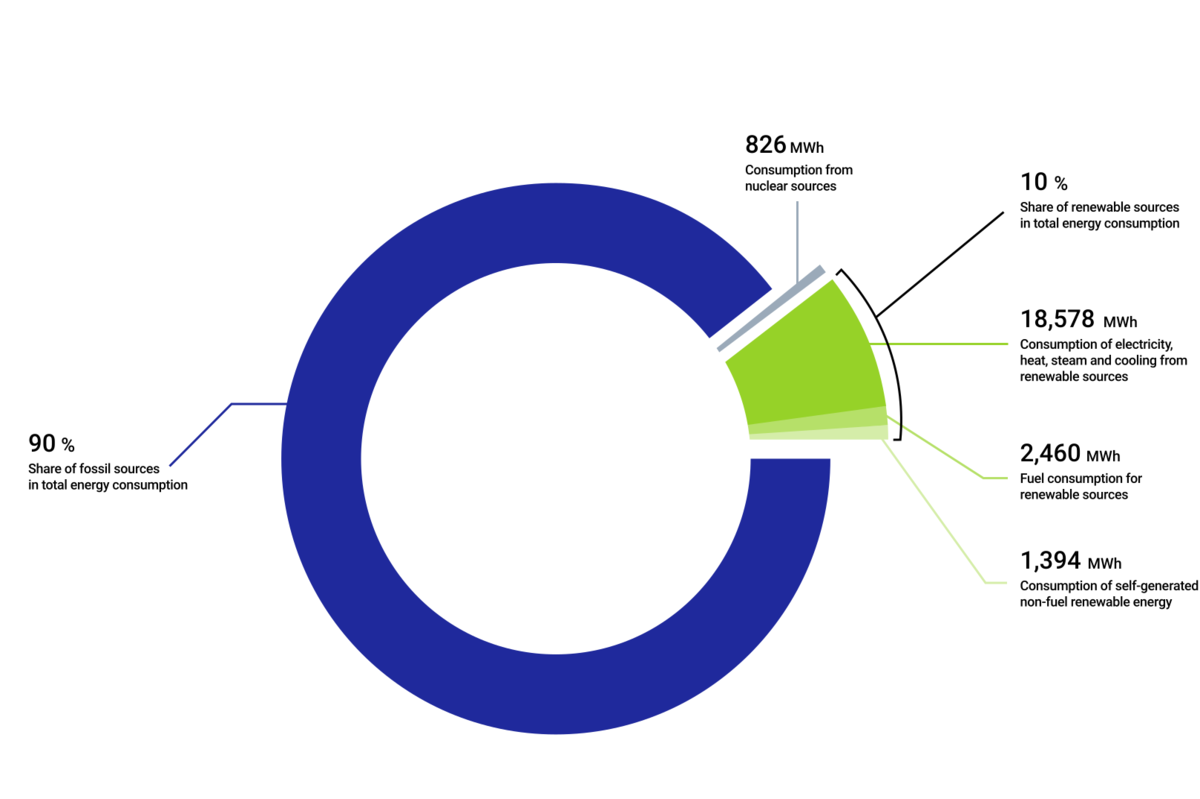
Environment


Focus on climate change
Climate change is a key sustainability issue for Bilfinger. It has an influence on the medium and long-term success of our Group. Topics that are particularly important to Bilfinger: climate protection, adaptation to climate change, the reduction of energy consumption and the use of climate-friendly energy sources.
Targets and actions
Our vision is to become No.1 for our customers in enhancing efficiency and sustainability. As a sustainability partner, we work to help them reduce their climate-damaging emissions. We take on responsibility for the decarbonization of our customers’ energy-intensive production, transport and processing operations. And we enhance their energy efficiency at every stage of the value chain. The main focus is on low-carbon energy generation and on reducing energy consumption and emissions.
Industrial services to enhance
efficiency & sustainability
In line with our commitment to transparency, we have introduced a system for categorizing our services in terms of sustainability. We are constantly improving this categorization.

- Category A: Customers’ investments directly into sustainable technologies
- Category B: Maintenance and modification works to increase energy efficiency
- Category C: Extensive services to support the activities in categories A and B, revenue not covered by category A, B or D
- Category D: Activities in coal and oil-fired power plants, revenue from personnel leasing
With our comprehensive product portfolio, we support our customers as they transition to renewable energies and while maintaining and optimizing industrial plants. We are implementation partners for the necessary energy grids and design comprehensive energy-efficient processes.
We want to increase the share of revenue in sustainability categories A and B and focus to an increasing degree on these services. They increase the resilience of our customers and make a significant contribution to climate change mitigation. At the same time, we create opportunities for our own profitable and sustainable growth.
GHG emissions reduction
Part of our strategy is to position ourselves as a sustainable Group. To this end, we are committed to reducing our own climate-damaging emissions (CO2 equivalents; CO2e). We are also reducing our energy consumption and gradually replace fossil fuels with renewable or low carbon energies.
- We purchase electricity from renewable sources.
- We install photovoltaic systems at our sites.
- We convert machinery from conventional diesel to biofuels.
- We replace combustion-engine vehicles with electric vehicles.
- We implement energy efficiency initiatives at our locations.
With our industrial services, we actively contribute to the energy transition and improve the energy efficiency of our customers in the process industry. The Bilfinger strategy is also based on our own efficient and sustainable actions. In 2024, we measured emissions along the entire value chain in all 3 scopes. This transparency helps us set climate targets that focus on the main sources of our emissions and to incorporate the insights into the development of our Climate Transition Plan."
By 2030: Sustainability Commitments in line with the Science-Based Targets initiative (SBTi)
- We will reduce our Scopes 1 and 2 greenhouse gas (GHG) emissions by 50 percent compared to 2021 according to the GHG Protocol.
- We measured a complete Scope 3 inventory for the first time in 2024.
- We are defining further actions to reduce our Scope 3 GHG emissions by 2030.

Total GHG emissions for scope 1, 2 and 3












